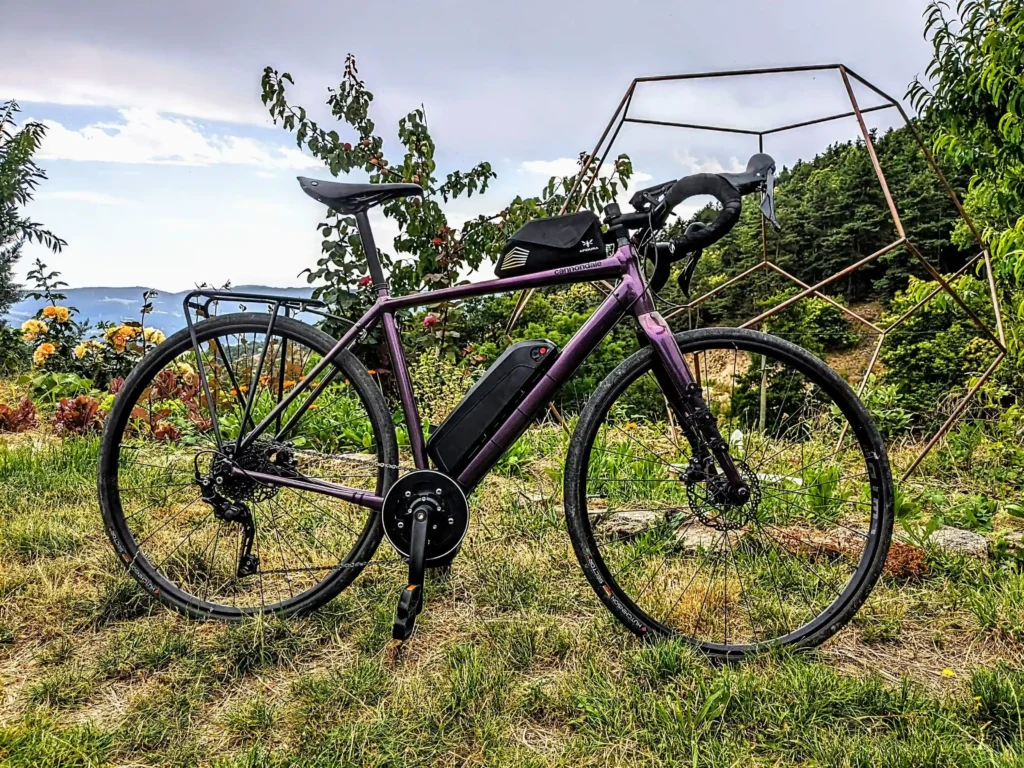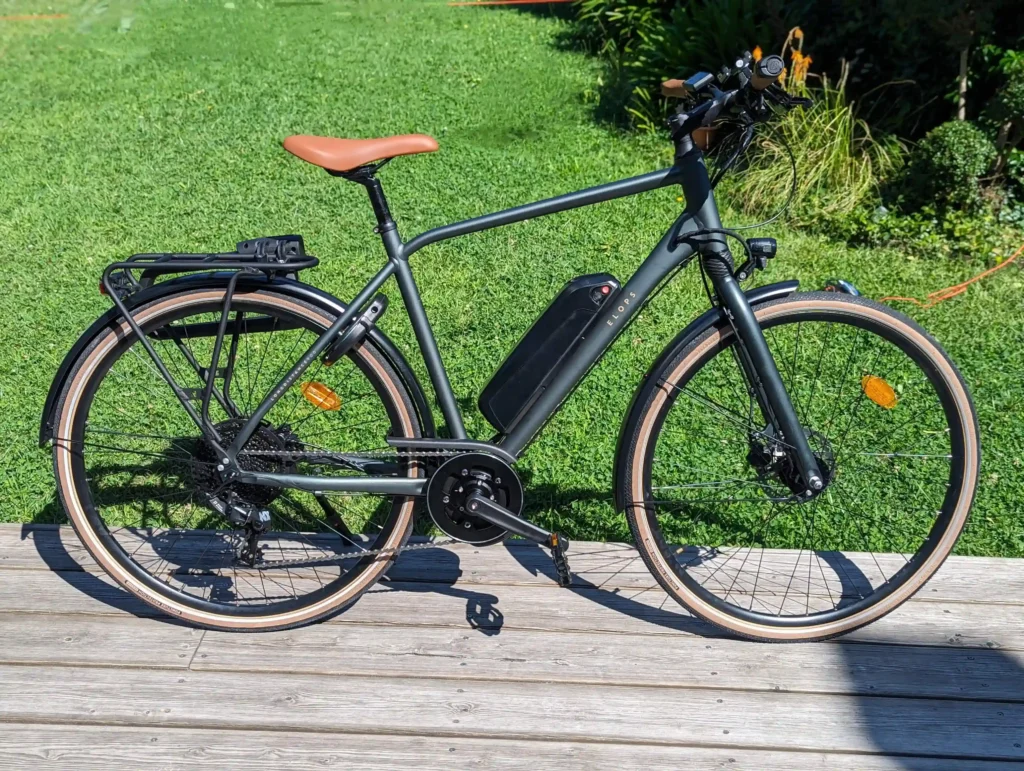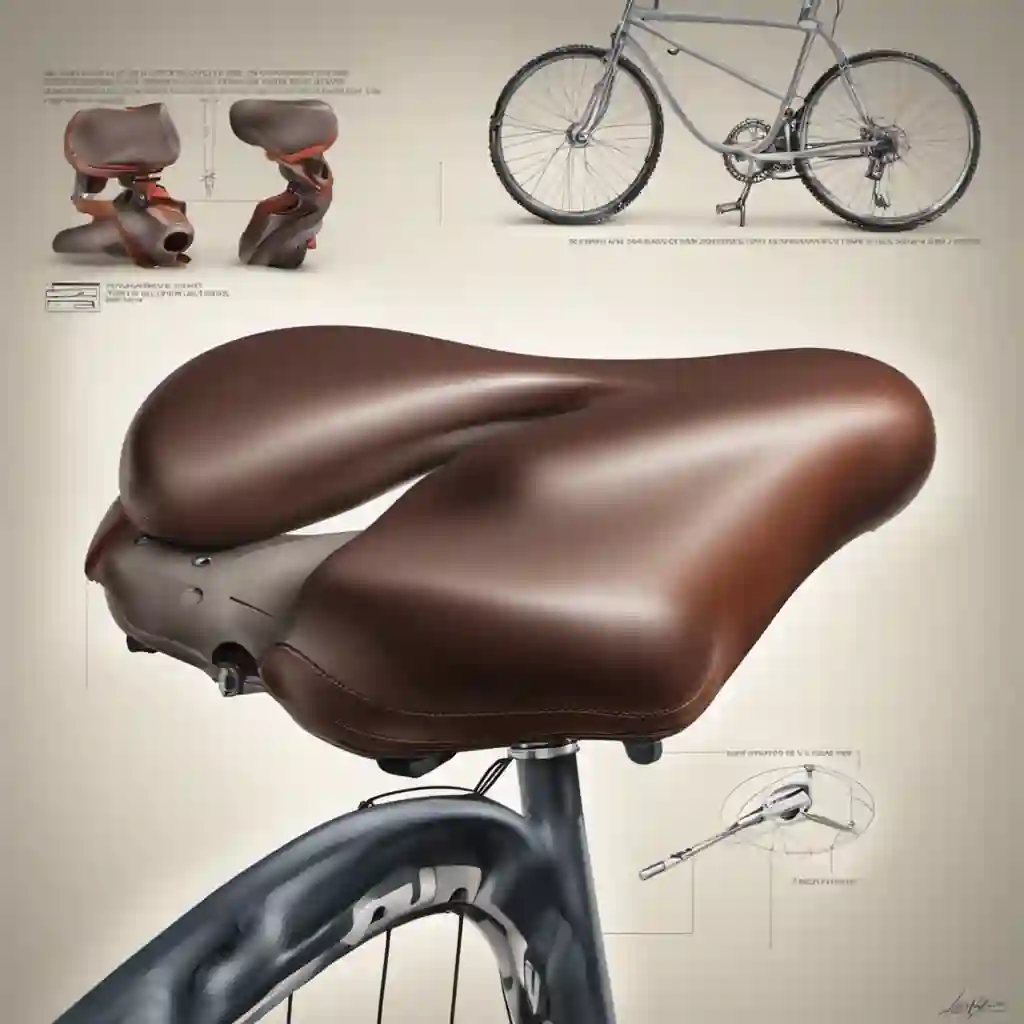The Complete Guide to How Many Miles to Ride Your Electric Bike
Riding an electric bike is a pleasant, environmentally-friendly way to get around town or explore the countryside. However, to get the most out of your electric bike, it’s important to know how many kilometers you can cover on a single charge. Knowing the limits of your autonomy will make it easier to plan your trips and avoid any risk due to a dead battery. In this article, we’ll give you a complete guide to exactly how many kilometers you can cover with your electric bike. Whether you’re a beginner or an experienced cyclist, here you’ll find all the information you need to optimize the use of your electric bike and enjoy every outing with complete peace of mind. And you’ll discover how our electrification kit’s Open Source firmware improves your knowledge of your battery’s capacity!
Factors influencing the range of your electric bike
Several factors influence the range of your electric bike, which means that the distance you can cover on a single charge depends on a number of factors. The first factor that can influence the range of your electric bike is the weight of the rider and luggage. The greater the weight, the more energy the battery will need to power the bike, reducing range.
The second factor is battery quality. Lithium-ion batteries have a longer lifespan and can offer greater autonomy than lead-acid or nickel-cadmium batteries. Environmental conditions, such as temperature, can also affect battery life and therefore reduce your autonomy. Finally, the quality of the road, the level of power you use and the degree of assistance can similarly influence the distance you can cover with your electric bike.
So it’s important to take these factors into account when buying an electric bike or your electrification kit, and to plan your journeys according to your battery’s range. By following these tips, you’ll be able to enjoy your electric bike without worrying about battery failure.

How to calculate the distance you can cover on a single charge
Calculating the distance you can cover on a single charge on your electric bike is essential to getting the most out of your ride. First of all, it’s important to understand that the distance you travel will depend on many factors, including your battery capacity, the terrain you ride on, your weight and your riding style.
To begin with, you need to know the capacity of your battery, which is expressed in watt-hours (Wh). The higher the capacity, the more kilometers you can cover before needing to recharge the battery. Next, you need to take into account the terrain you’re riding on. The flatter the terrain, the less energy you’ll consume, while hills and climbs will increase consumption.
Finally, your weight and driving style will also influence the distance you can cover with a single load. The lighter you are and the more energy-efficient your driving style, the more kilometers you can cover. To calculate the distance you can cover on a single charge, you can use specialized applications or make a rough estimate by dividing your battery capacity by the average energy consumption of your electric bike over one kilometer.
The different types of batteries for electric bikes and their advantages
Electric bikes offer a practical, environmentally-friendly solution for getting around town or country. However, it’s important to choose the right battery for your electric bike to maximize your range and cover as many kilometers as possible. There are different types of battery for electric bikes, each with its own advantages and disadvantages.
Lithium-ion batteries are the latest and most efficient. They are lighter than other technologies (e.g. lead-acid), offer greater autonomy for a higher weight/volume ratio, and have a longer service life. However, they are also more expensive than other battery options. At Syklo, we only offer this technology with reliable cells from leading brands (Samsung and Sanyo). For more details, see our electric bike kit configurator.
How to optimize your electric bike’s range
To optimize your electric bike’s range over time, it’s important to invest in the quality of the battery. Higher-quality batteries generally have greater capacity and longer life. This can help you cover more kilometers per charge and maintain greater capacity over time. It’s also advisable to opt for a removable battery that can be easily removed and replaced by a spare during long journeys.
Another tip for maximizing the range of your electric bike is to reduce your use of electric assistance. If you can pedal more, you can save electrical energy. You can also reduce the weight of your electric bike by removing unnecessary accessories to make riding easier. Finally, it’s important to keep your electric bike in good condition by keeping tires inflated and performing regular maintenance to prolong the life of the battery and mechanical parts.
Mistakes to avoid if you don’t want to shorten your battery’s lifespan
It’s important to take good care of your battery to prevent its lifespan from shortening. The first mistake to avoid is overcharging your battery, which can damage the cells and reduce its capacity. Similarly, not fully recharging your battery can lead to a loss of capacity over time. It is therefore advisable not to let your battery discharge completely, and to recharge it when you have reached around 20% remaining charge.
Another common mistake is storing your battery in a warm or damp place, which can affect its performance and lifespan. The ideal temperature for storing a battery is between 0 and 20 degrees Celsius, in a dry place away from direct sunlight. It’s also important not to expose your battery to excessive shock or vibration, which can damage the internal cells.
By following these simple tips, you can extend the life of your electric bike battery, ensuring longer, more enjoyable rides every time.
The TSDZ2 engine’s open-source firmware and precise reading of your battery’s data
The TSDZ2 motor’s open-source firmware is a major asset for users of their electric bike kits. It gives you quick and easy access to battery data, so you can accurately monitor your battery life on the move. Various data on your battery and consumption are available to optimize your use (Wh/km , Voltage, total Wh, Wh consumed, estimated %, number of charges carried out…). Thanks to the fine-tuning of the battery’s characteristics (carried out upstream by Syklo 😉 ), the firmware is able to accurately assess your autonomy, so you won’t have the yo-yoing gauge found on many electrification kits(e.g. Bafang BBS, which we compared to the TSDZ2 here).
Accurate reading of your battery data is essential for planning your electric bike trips. Our electric bike conversion kit allows detailed analysis of battery condition. This information will enable you to make informed decisions about your journey and maximize your autonomy.





